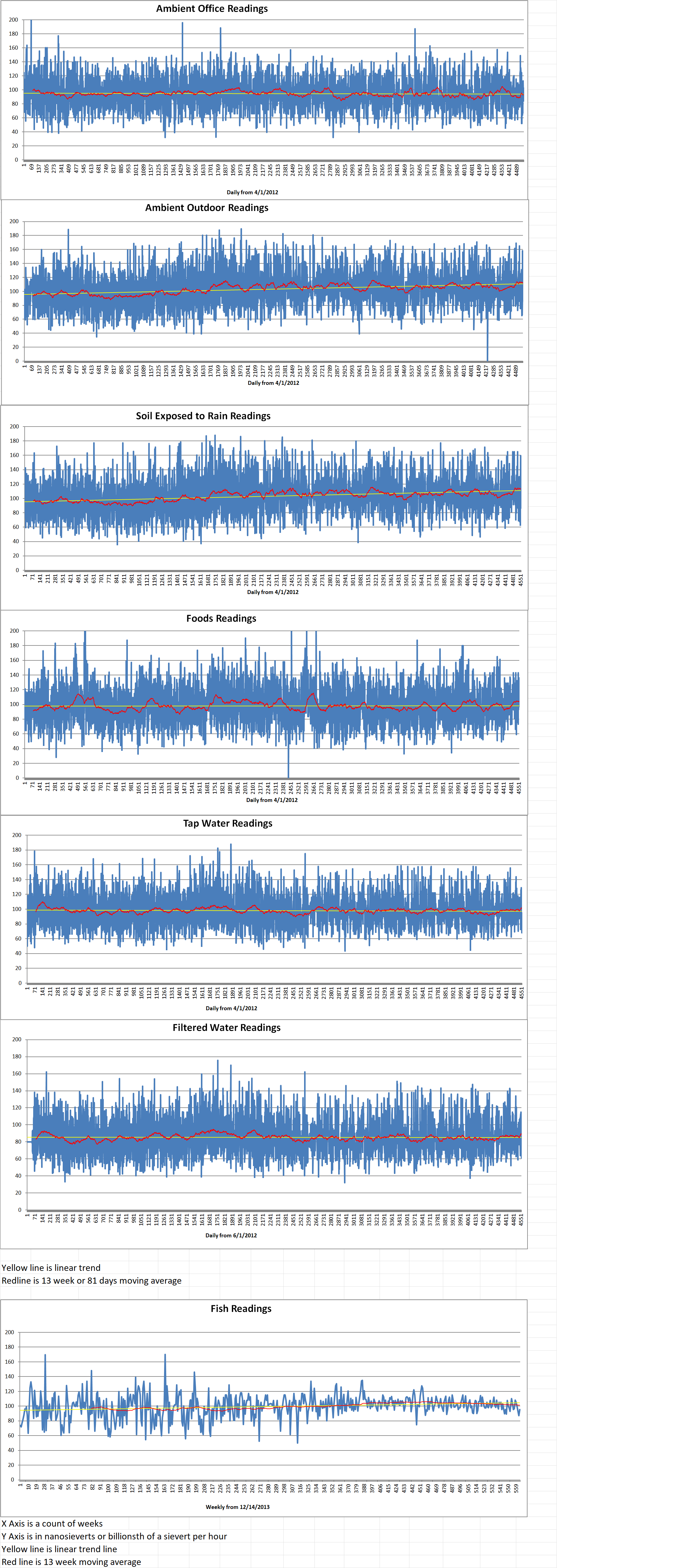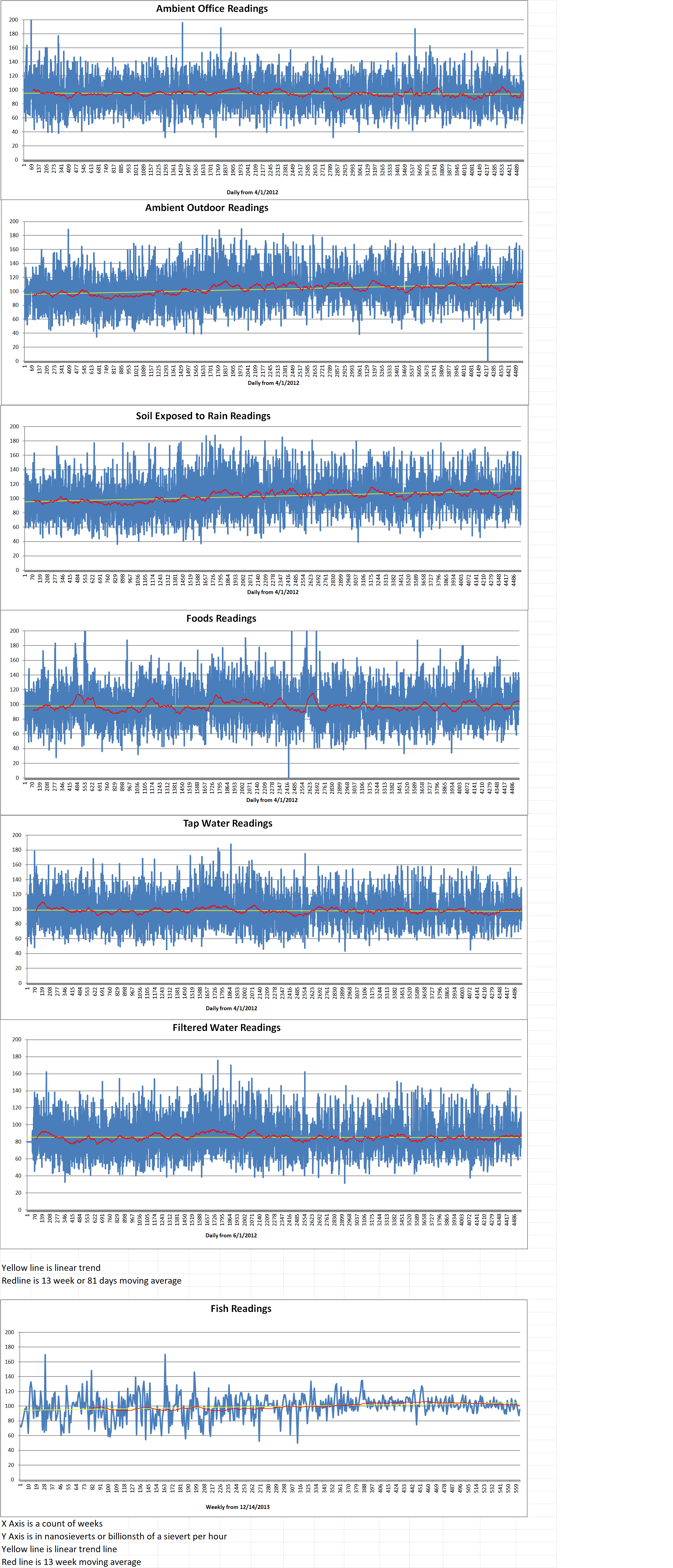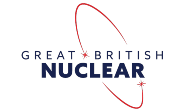The U.S. Department of Energy (DoE) announced on April 23rd that the Argonne National Laboratory (ANL) has successfully swapped out an aging cold trap in the sodium test loop called METL (Mechanisms Engineering Test Loop). The upgrade is the first of its kind in the U.S. in more than thirty years, according to the DoE. The exchange will help test components and operations for the sodium-cooled fast reactors currently being developed.
Sodium-cooled fast reactors use liquid sodium as a coolant instead of water. They operate at higher temperatures and lower pressures than current commercial nuclear reactors. They achieve high power density with low coolant volume and sustain the fission chain reaction with fast neutrons. They are currently used in several countries including the US, Russia, China, and India.
More than seven hundred and fifty gallons of reactor-grade sodium flow through METL, making it the “nation’s largest liquid metal test facility,” according to the DoE. METL may not hold that record for long, however. TerraPower is a sodium fast reactor developer with cost-shared funding under the Advanced Reactor Demonstration Program to build a grid-scale Natrium reactor. It is currently constructing a sodium test and fill facility in Kemmerer, Wyoming, which is constructed to hold four hundred thousand gallons of liquid sodium.
A cold trap like the one that was just replaced in METL is a critical component of liquid metal reactor designs. It is utilized to filter out oxide impurities present in the sodium coolant. If these impurities are not removed, they can cause accelerated corrosion of the systems and lower flow rates, degrading the reactor’s performance.
ANL replaced the component to meet specifications for future METL experiments. The facility uses welded construction techniques that the DoE says are “consistent with the maintenance of any advanced liquid metal reactor.” The replacement project builds U.S. experience in working with and replacing sodium loop components.
The sodium in the cold trap was frozen before the cold trap was removed from the system and a new one was welded onto the sodium piping in its place. After months of planning, the process was accomplished in two weeks. During the replacement process, the rest of the sodium in the test loop remained molten and in operation, according to the DoE.
Matthew Weathered is a principal nuclear engineer at ANL. “It’s exciting. The METL team is revitalizing and developing these key operations and maintenance techniques to ensure we are able to deploy U.S. sodium cooled reactors in the near future.”
METL was developed in 2018 to help advance research on liquid metal technologies and to test components for potential use in sodium fast reactors. The facility can reach an operating temperature of six hundred and fifty degree Fahrenheit. This is within the typical sodium reactor temperature range.
Reactor developers who are working with Argonne’s team at METL include ARC Clean Energy, Oklo, and TerraPower. METL plans to expand its testing capabilities in 2026 with the installation fifth test vessel.
The cold trap replacement project was funded through the DoE’s National Reactor Innovation Center (NRIC), which funds operations and maintenance activities at the METL facility. ANL consulted with the French Alternative Energies and Atomic Energy Commission before performing the replacement operation.
Argonne National Laboratory






